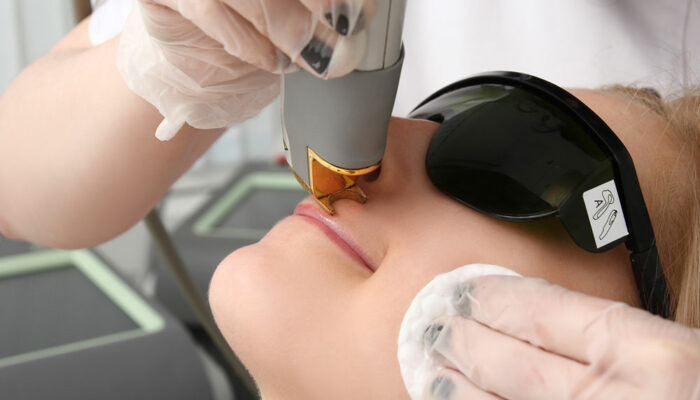
Symptoms of the Blood Cancer Myelodysplastic Syndrome (MDS)
And Helpful Treatment Options
Myelodysplastic Syndrome (MDS) is a group of disorders caused by poorly formed or dysfunctional blood cells. This blood cancer affects the bone marrow, where blood cells are produced, leading to various health complications. Understanding the symptoms of MDS is crucial for early detection and management. Fortunately, there are several mds disease treatment options available, including stem cell therapy, that can help manage the condition effectively. Let’s dive into the symptoms and explore some helpful treatments.
1. Fatigue and weakness
One of the most common symptoms of MDS is persistent fatigue and weakness. This occurs because the bone marrow fails to produce enough healthy red blood cells, leading to anemia. When the body doesn’t have enough red blood cells to carry oxygen to tissues, it results in a constant feeling of tiredness and lack of energy. It’s not just the usual end-of-the-day tiredness; this fatigue can be overwhelming and affect daily activities.
2. Frequent infections
MDS can also lead to a reduction in white blood cells, which are crucial for fighting infections. As a result, individuals with MDS may experience frequent infections or have difficulty recovering from common illnesses like colds or the flu. This increased susceptibility to infections can be a red flag that something is amiss with the immune system, prompting further investigation.
3. Easy bruising and bleeding
Another telltale sign of MDS is easy bruising and bleeding. This happens because the bone marrow doesn’t produce enough platelets, which are essential for blood clotting. Even minor bumps or injuries can lead to significant bruising, and cuts may take longer to stop bleeding. In some cases, spontaneous nosebleeds or bleeding gums can occur, which should not be ignored.
4. Shortness of breath
Shortness of breath is another symptom associated with MDS, often linked to anemia. With fewer red blood cells to transport oxygen, the body struggles to supply sufficient oxygen to muscles and organs. This can result in shortness of breath during physical activity or even at rest. It’s a symptom that can significantly impact the quality of life, making everyday tasks challenging.
5. Pale skin
Pale or sallow skin is a less commonly discussed symptom but can be an indicator of MDS. Anemia, resulting from a lack of healthy red blood cells, often leads to a noticeable paleness of the skin. This change in complexion can be subtle or more pronounced, depending on the severity of the anemia. It’s important to note any changes in skin tone, especially if accompanied by other symptoms.
Now that we’ve covered the symptoms, let’s talk about some treatment options. The approach to treating MDS varies depending on the severity and specific characteristics of the disorder.
One promising mds disease treatment is stem cell therapy. This involves transplanting healthy stem cells into the patient’s bone marrow to replace the dysfunctional ones. It’s a complex procedure but can offer a potential cure for some individuals, especially younger patients or those with a compatible donor.
Other treatment options include medications to boost blood cell production, blood transfusions to manage anemia, and antibiotics to prevent or treat infections. Some patients may also benefit from chemotherapy or targeted therapies to control the disease.
In conclusion, recognizing the symptoms of Myelodysplastic Syndrome early can lead to more effective management and treatment. While MDS can present challenges, advancements in treatment options, including stem cell therapy, offer hope for improved outcomes. If you or a loved one is experiencing any of these symptoms, it’s essential to consult with a healthcare professional for a thorough evaluation and personalized treatment plan.



